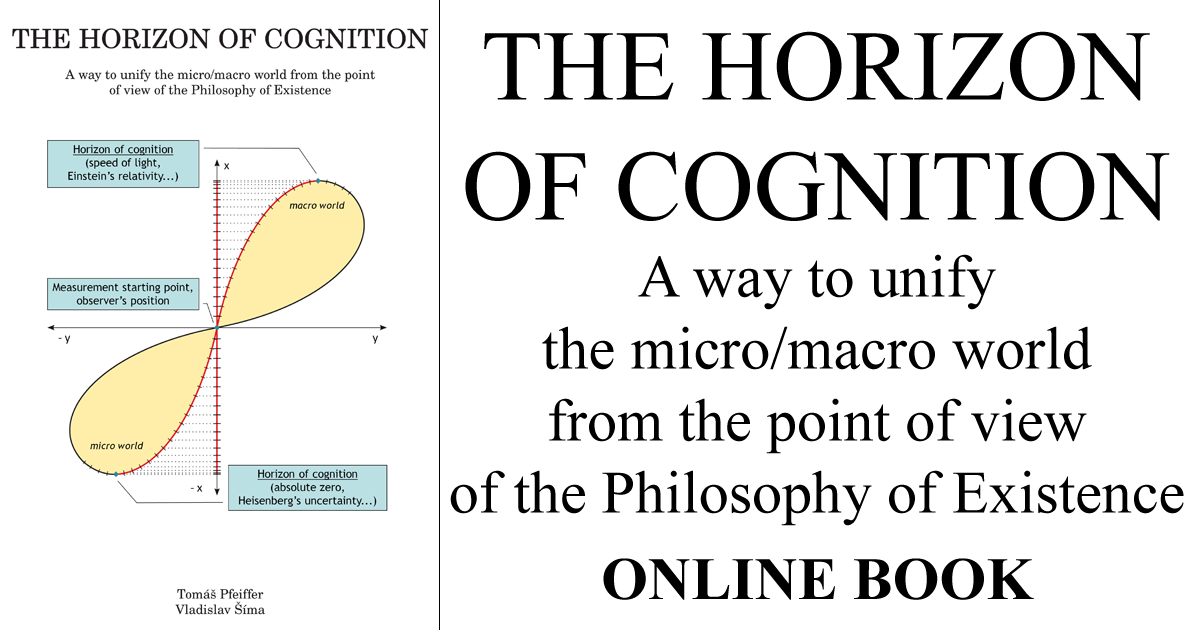Chapter 3
The micro world
3.8 Aether and photons
In order for the EnergyWave Theory to be acknowledged as an advisable/suitable direction for further reasoning, it would be necessary to prove the existence the existence of the aether, a field that could oscillate and thus work as a transmission medium for propagation of electromagnetic waves. Scientists used to be convinced that the aether existed. Up until the late nineteenth century it was considered to be an absolute reference system against which in any direction relative motion could be measured. Back then, it was assumed that if light was sent from a source which was moving against the aether in a certain direction, the light would not move with equal speed in all directions. It was never proven that the aether existed (see the Michelson–Morley experiment from 1887 [48], which is still being confirmed by the most accurate measurements – most recently in 2009 [49]) and scientists abandoned the concept as the theory of relativity and quantum mechanics were developed.
What does philosophy have to say about this? We have previously explained that in our observations the particle motion at the horizon of cognition leads to spacetime quantisation; spacetime is divided (crumbled) into a set of interconnected intervals. To an observer in the macro world the particle seems to oscillate between these intervals. The projection of the spacetime uncertainty of a point/particle propagates in space and resonates with the boundary conditions of given experiment, and we perceive it as a wave.
As shown above, we can perceive a particle to be an energy storage. The storage can absorb and emit energy, and in doing so its overall vibrational state in given system changes, while the law of conservation of energy holds. If energy is emitted, the released energy is directed to the particle’s surroundings.
It seems that the electromagnetic energy–vibrational manifestations of the micro world are connected to the horizon of cognition. Energy is then emitted right at the horizon of cognition where spacetime is quantised. Therefore, the emitted energy is only transferred to a single quantum (interval) of this spacetime.
This quantum propagates in space (it is transferred between the interconnected intervals, which we can imagine as closely adjacent inflated balloons with positive and negative polarities, whose size (half the wavelength) is given by the corresponding energy state) while we, again, just as with the particle, perceive all possible states (projections) of this quantum at once, indistinguishably and simultaneously, including all its force and resonant manifestations.
Here too, this quantum works as a non-linear chaotic oscillator and the set of interrelated intervals as a resonator. When it comes to electromagnetic waves, we know that these intervals can take any proportion– from gamma radiation to long radio waves – the essential thing is the propagation speed which is always on the horizon of cognition.
Quantised spacetime thus resonates with all energy states and “sets” their wavelengths so that they correspond exactly. This means that we are able to describe the energy of electromagnetic quanta with the well-known formula (3.4), which describes the relation between energy and the wavelength of the corresponding quantum.
E = hc/λ (3.4)
Here E is the energy of an electromagnetic quantum, c is the speed of light in a vacuum, λ vis the wavelength, and h is Planck’s constant.
And so again, we observe a wave with all that it entails.
However, if our projection wave of given quantum interacts, say if a photon interacts with an electron in a metal during a photoelectric effect, the electron is only ever “hit” by this single quantum (not the whole wave) – and if the quantum has enough energy, the electron is ejected from the metal. As the quantum transfers its energy to the electron, it “perishes” (it is absorbed) and we can no longer perceive it in its spread-out uncertainty.
Similarly, if we use a detector to observe the given quantum (light photon) during the double-slit experiment, the uncertainty disappears along with all the interference and diffraction effects.
Again, the photon behaves purely as a particle.
And now we can imagine our set of interconnected intervals (inflated balloons) as a medium, previously considered to be the aether. But because it is at the horizon of cognition, it is not possible to prove its existence through any experiments that are based on measuring the speed of light in various directions.
It is because light quanta are the effect and consequence of the horizon of cognition (they are always at the horizon of cognition) that their speed sets the maximally cognizable spacetime limit. This limit necessarily moves together with the observer (because the horizon of cognition is always related to the observer’s position).
We could say that we live in a virtual world and that its’ virtual character is manifested by the horizon of cognition.
Next, we shall leave the world of (seemingly) tiny objects and look at the (seemingly) very large ones.
Read more >>

